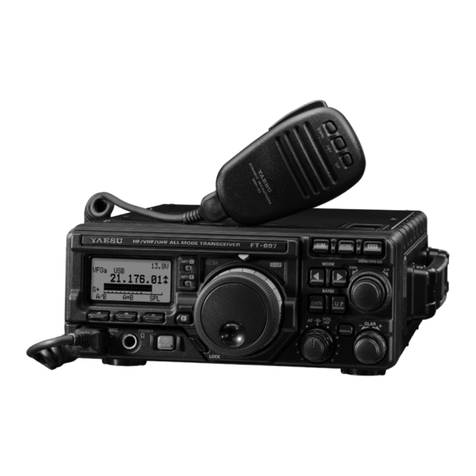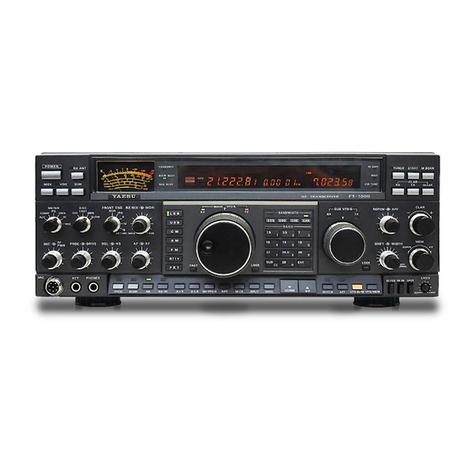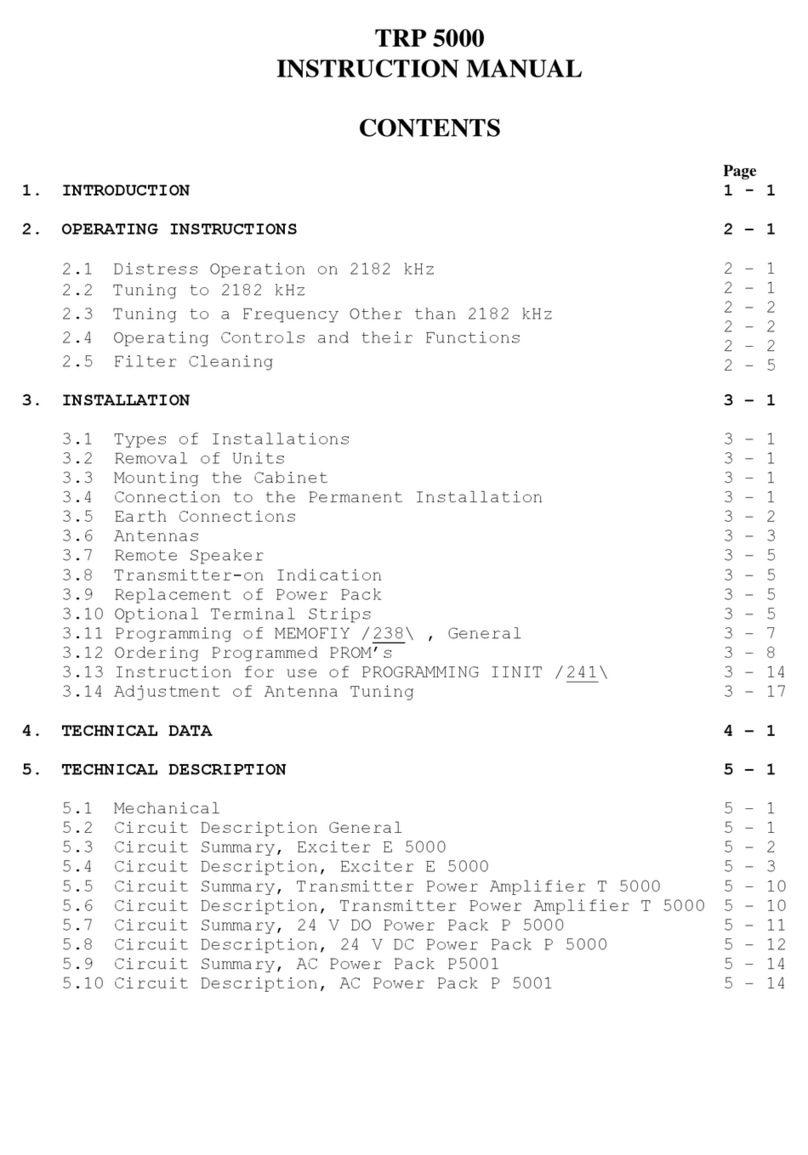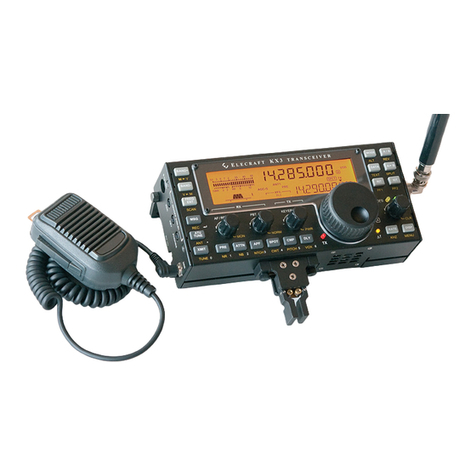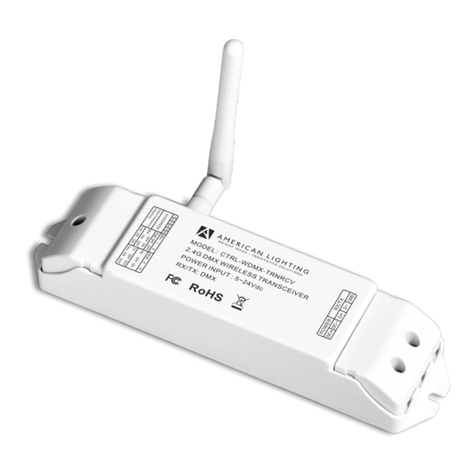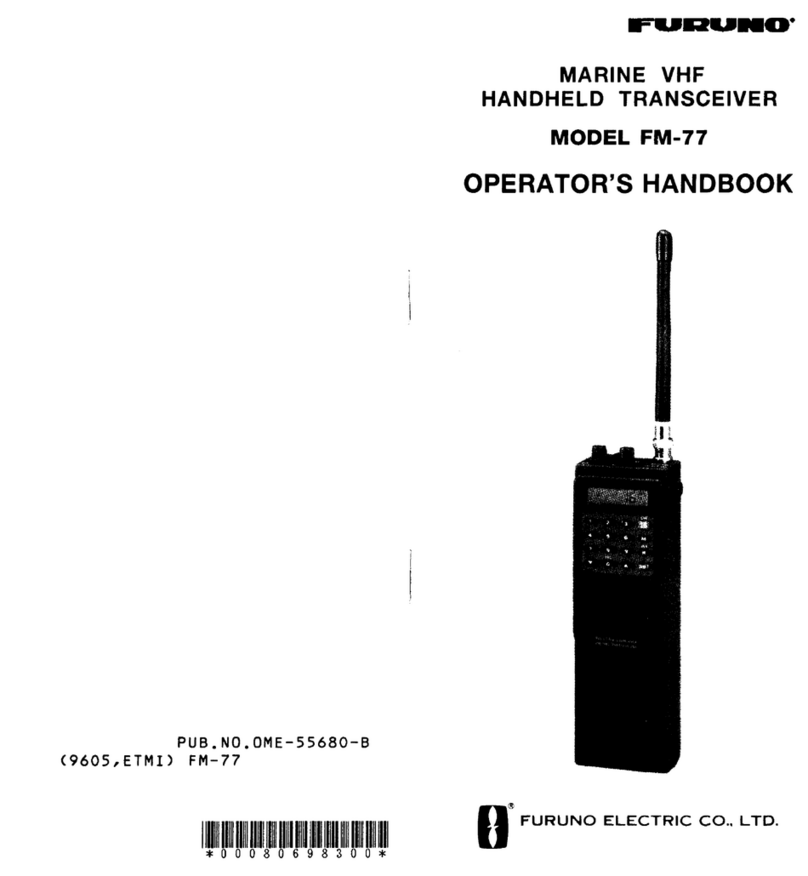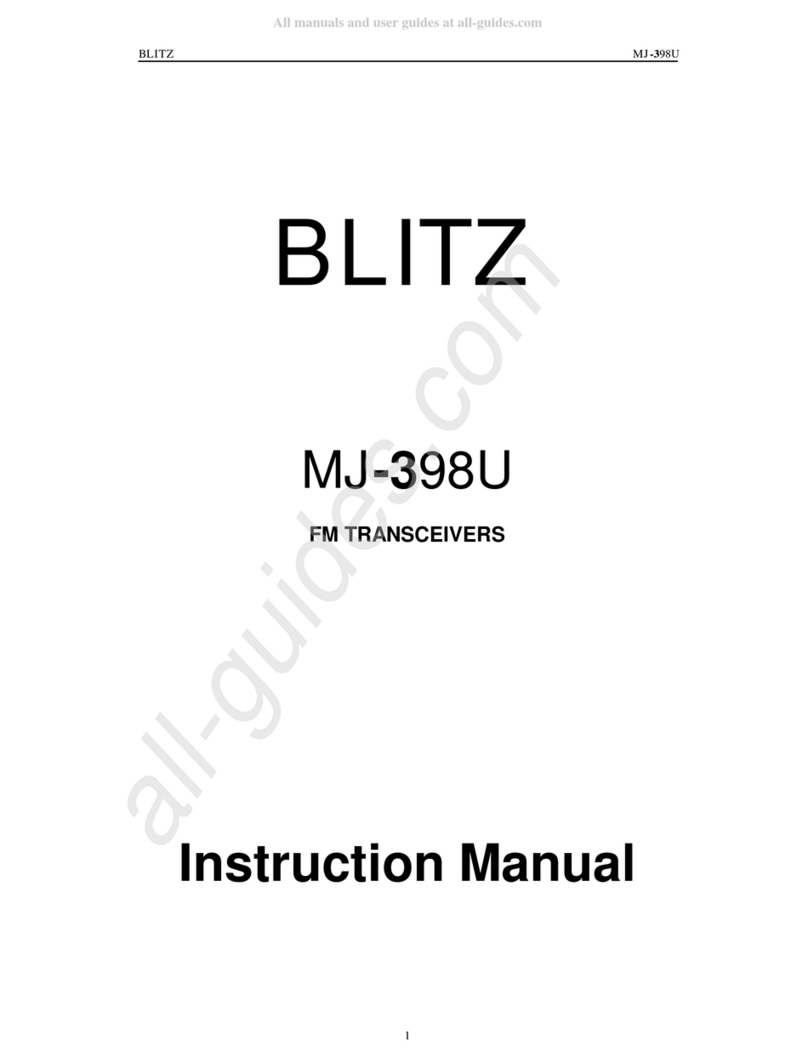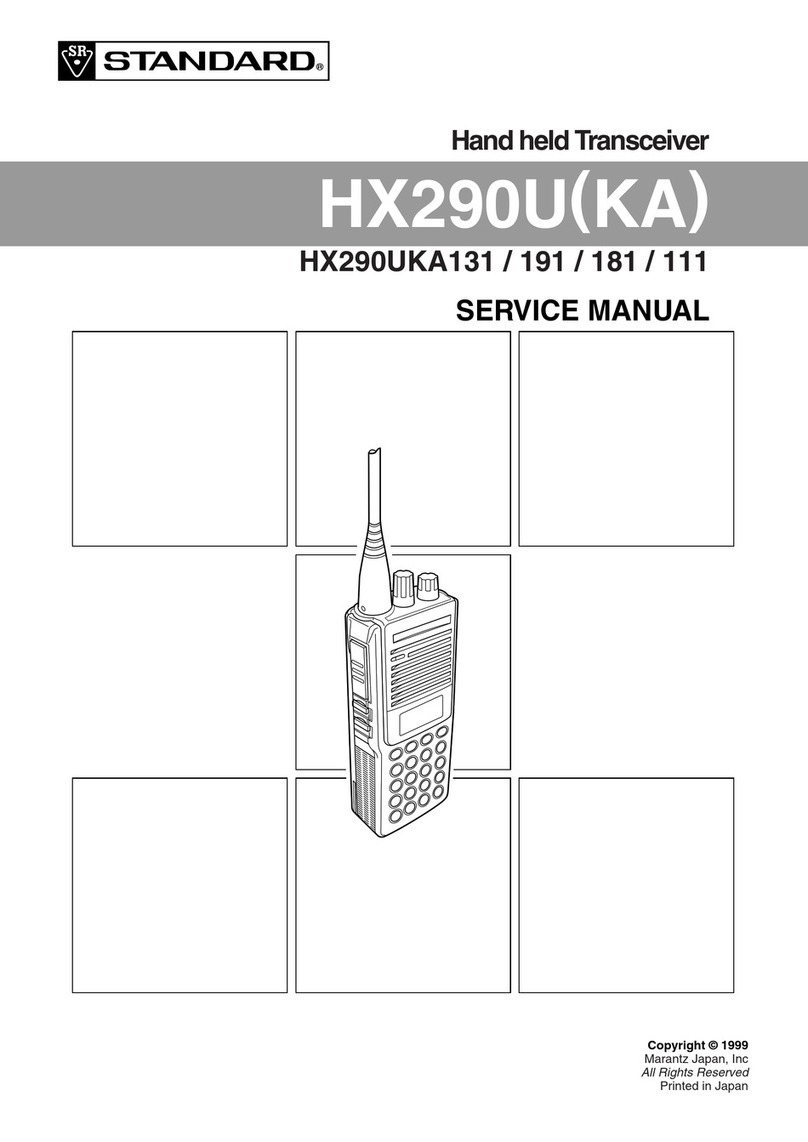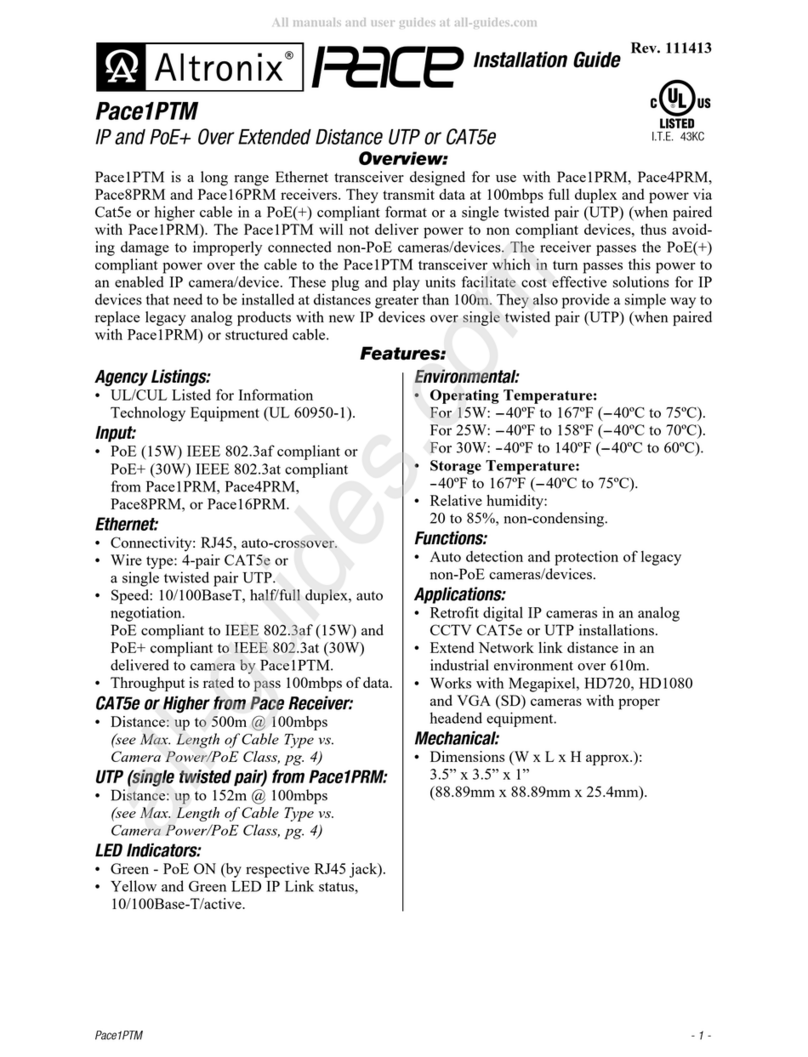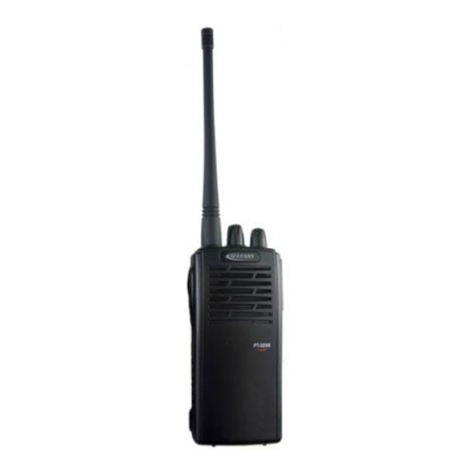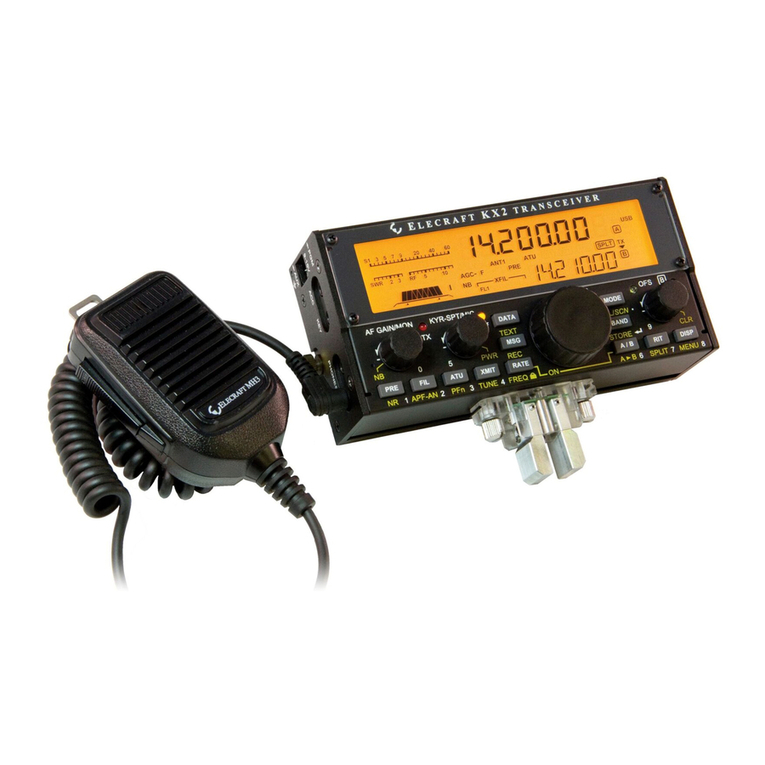Yaesu FT-712RH User manual
Other Yaesu Transceiver manuals
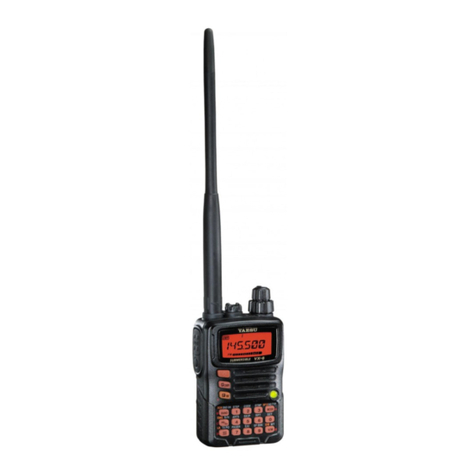
Yaesu
Yaesu VX-6E User manual

Yaesu
Yaesu FT-991 User manual

Yaesu
Yaesu FT-65R User manual
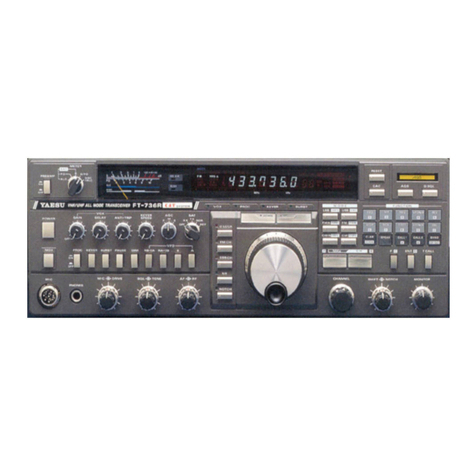
Yaesu
Yaesu FT-736R User manual

Yaesu
Yaesu FT-8100R User manual

Yaesu
Yaesu FT-817 - User manual

Yaesu
Yaesu FTM-100DR User manual
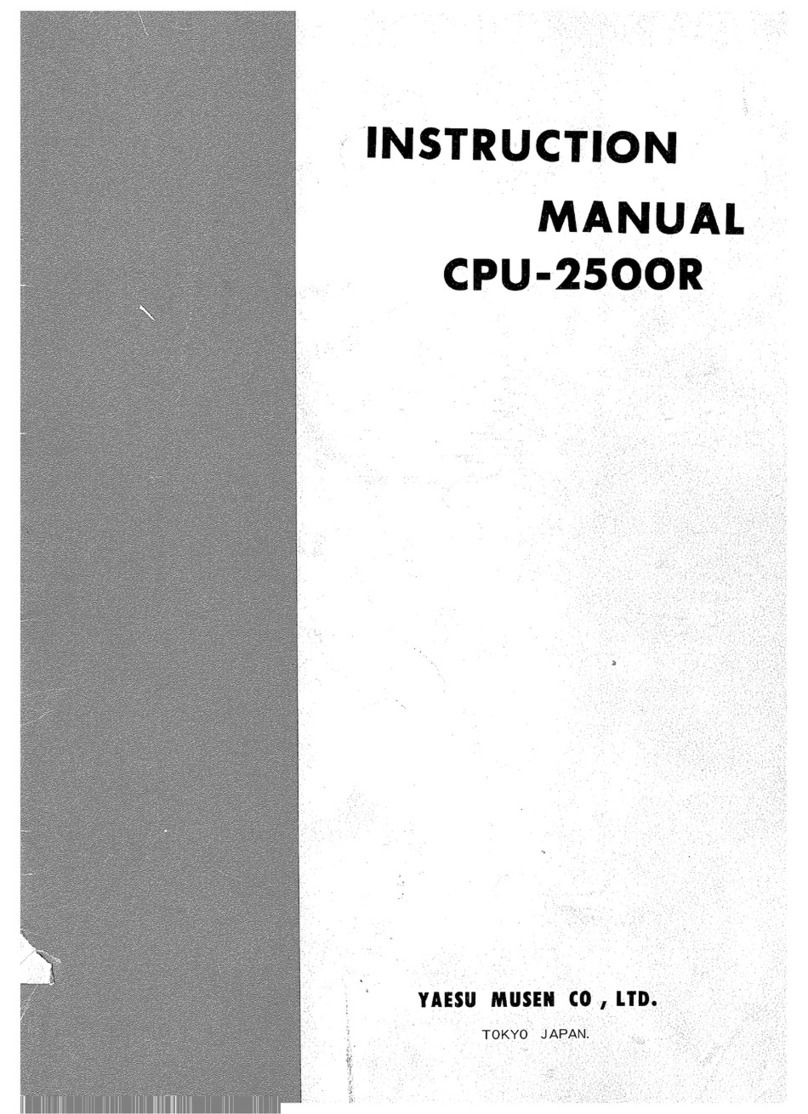
Yaesu
Yaesu CPU-2500R User manual
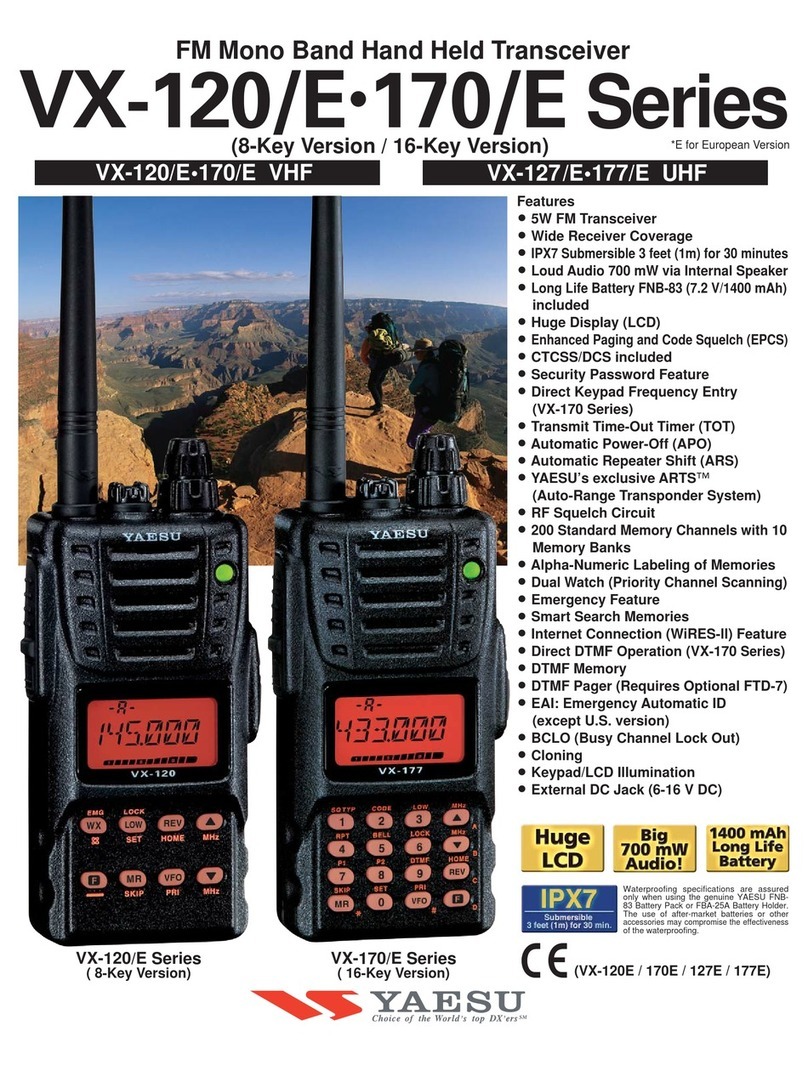
Yaesu
Yaesu VX-120 Series User manual

Yaesu
Yaesu FTDX-9000MP User manual

Yaesu
Yaesu FT-897 Manual

Yaesu
Yaesu FTA-750 Spirit User manual

Yaesu
Yaesu FT-901DM User manual
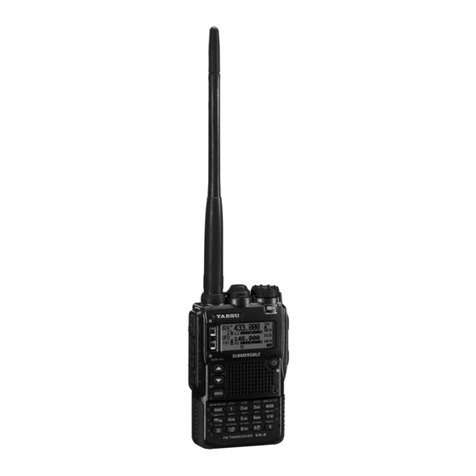
Yaesu
Yaesu VX-8DR User manual
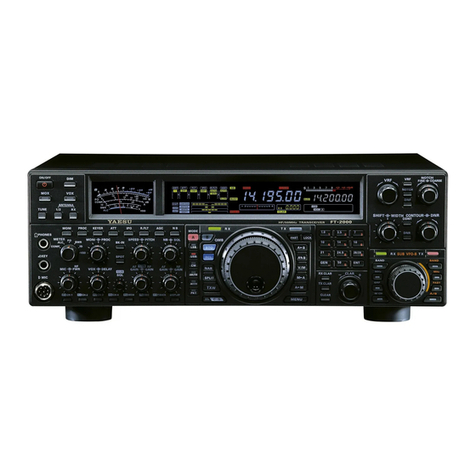
Yaesu
Yaesu FT-2000 - MENU MODE LIST Manual

Yaesu
Yaesu FTM-3200DR User manual
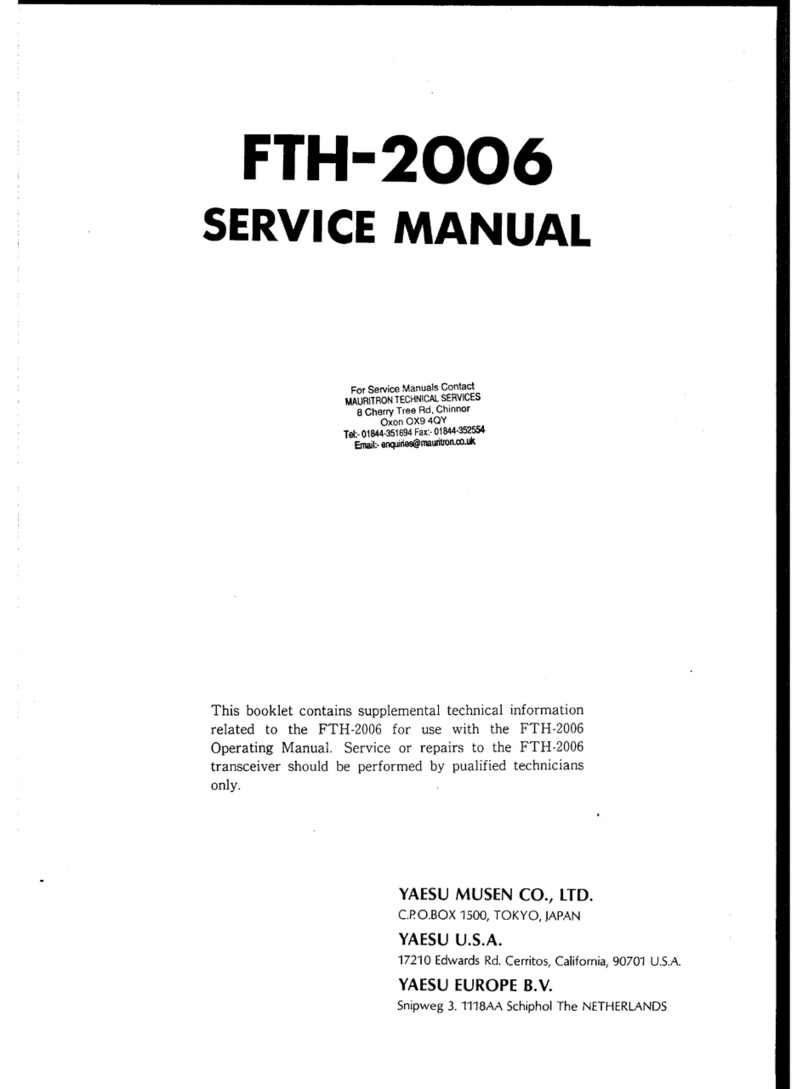
Yaesu
Yaesu FTH-2006 User manual

Yaesu
Yaesu FT3DR User manual

Yaesu
Yaesu FT-225RD User manual
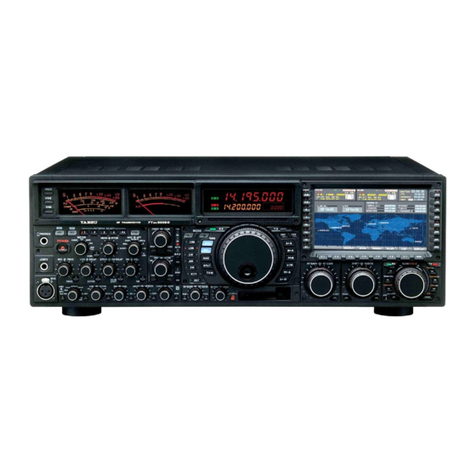
Yaesu
Yaesu FTDX-9000D User manual
Popular Transceiver manuals by other brands
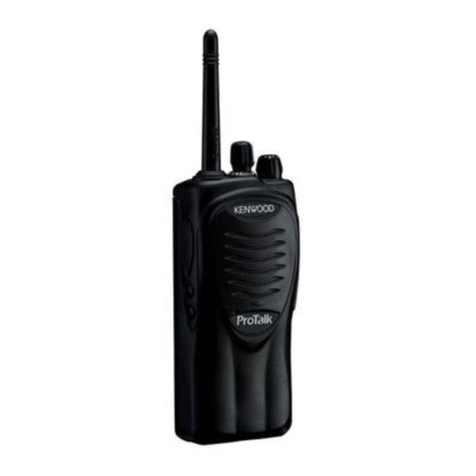
Kenwood
Kenwood ProTalk TK-3201 instruction manual

City Theatrical
City Theatrical SHoW DMX SHoW Baby user manual

Standart Horizont
Standart Horizont HX407 owner's manual

B&G
B&G V90S quick start guide

VictelGlobal
VictelGlobal ALK300 series Operation manual
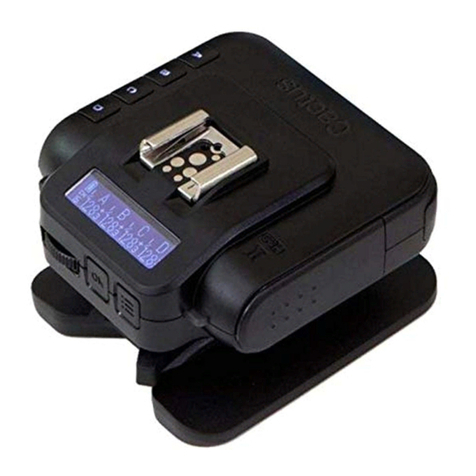
Cactus
Cactus Wireless Flash Transceiver V6 user manual


